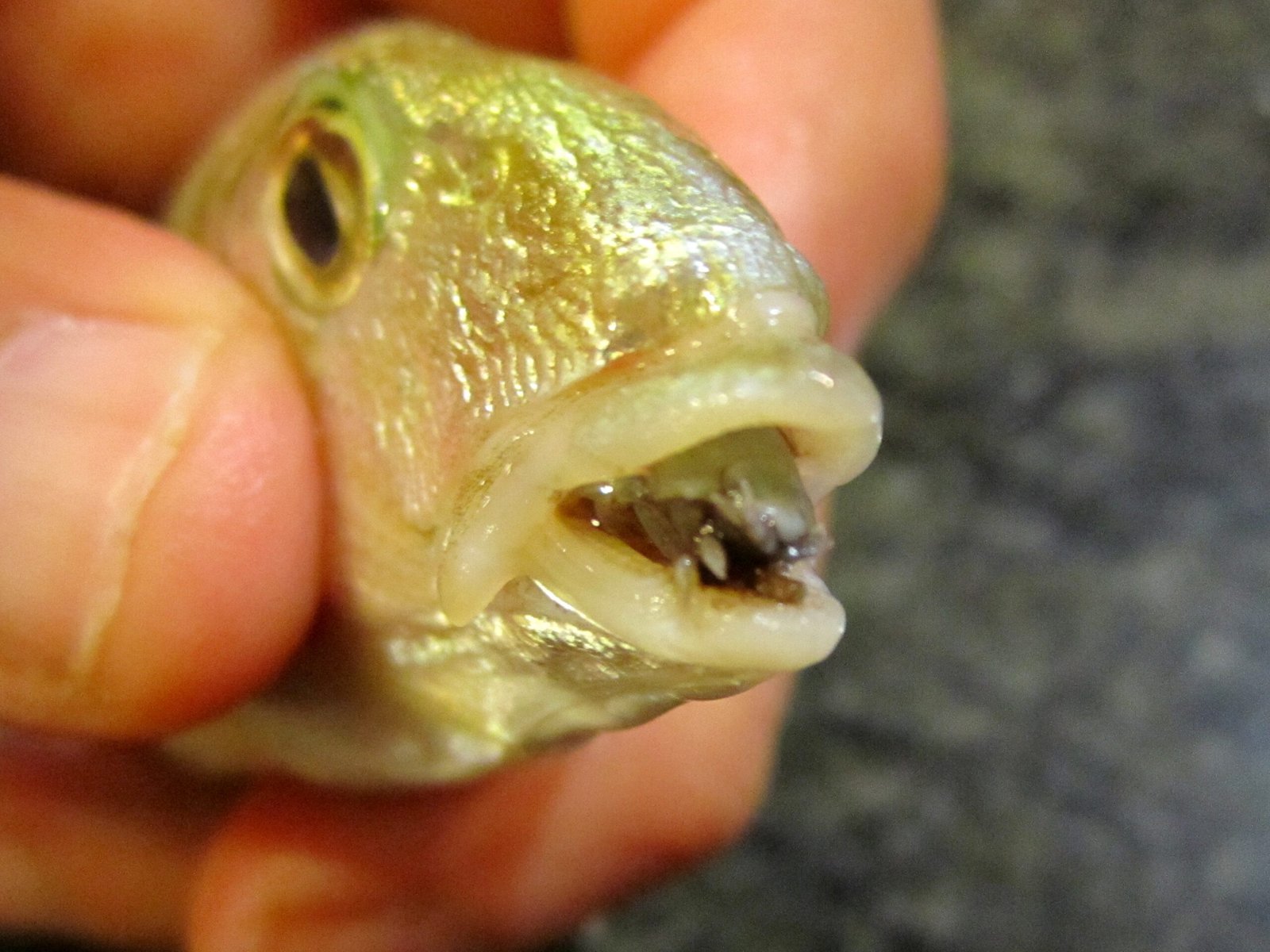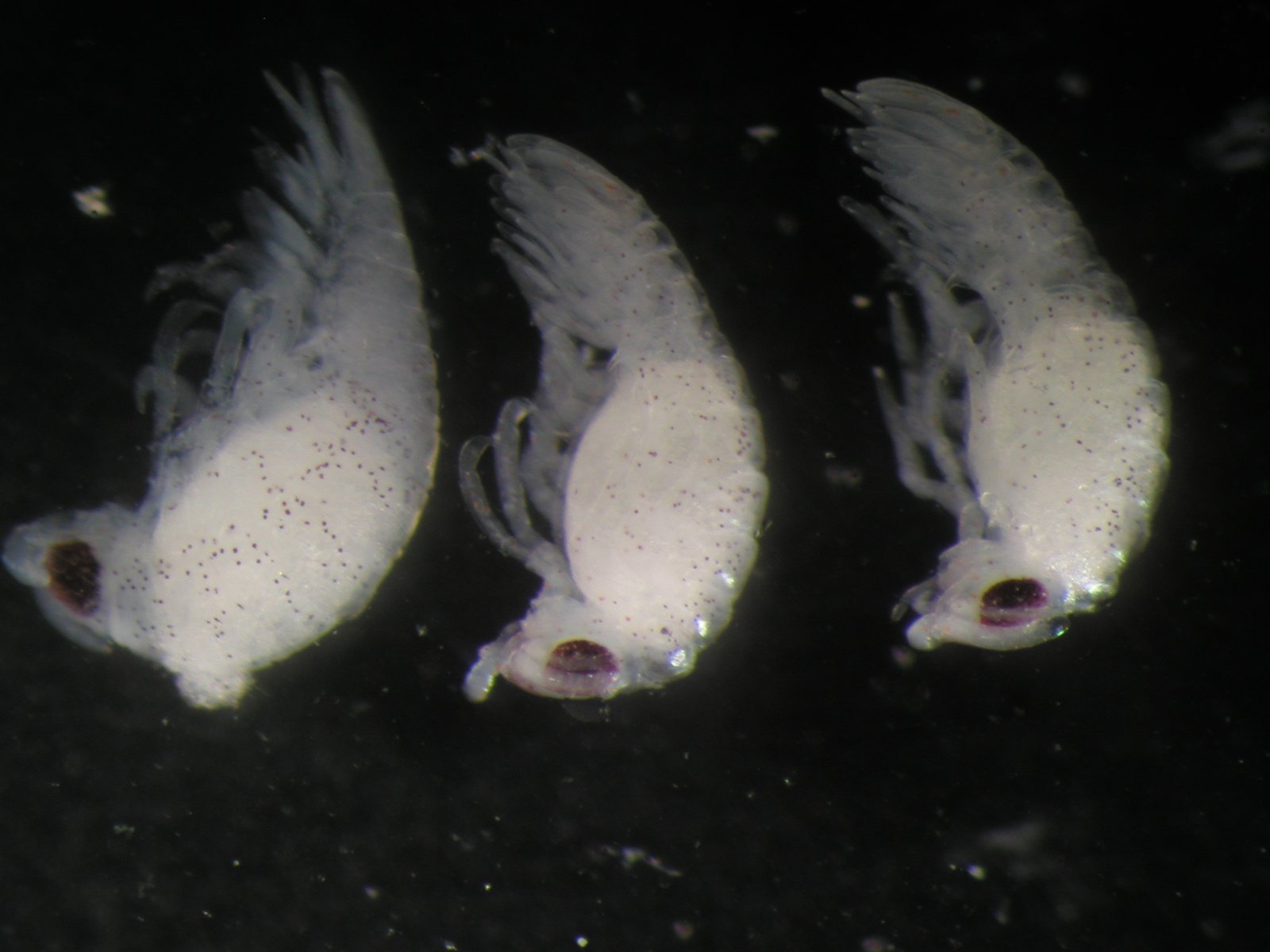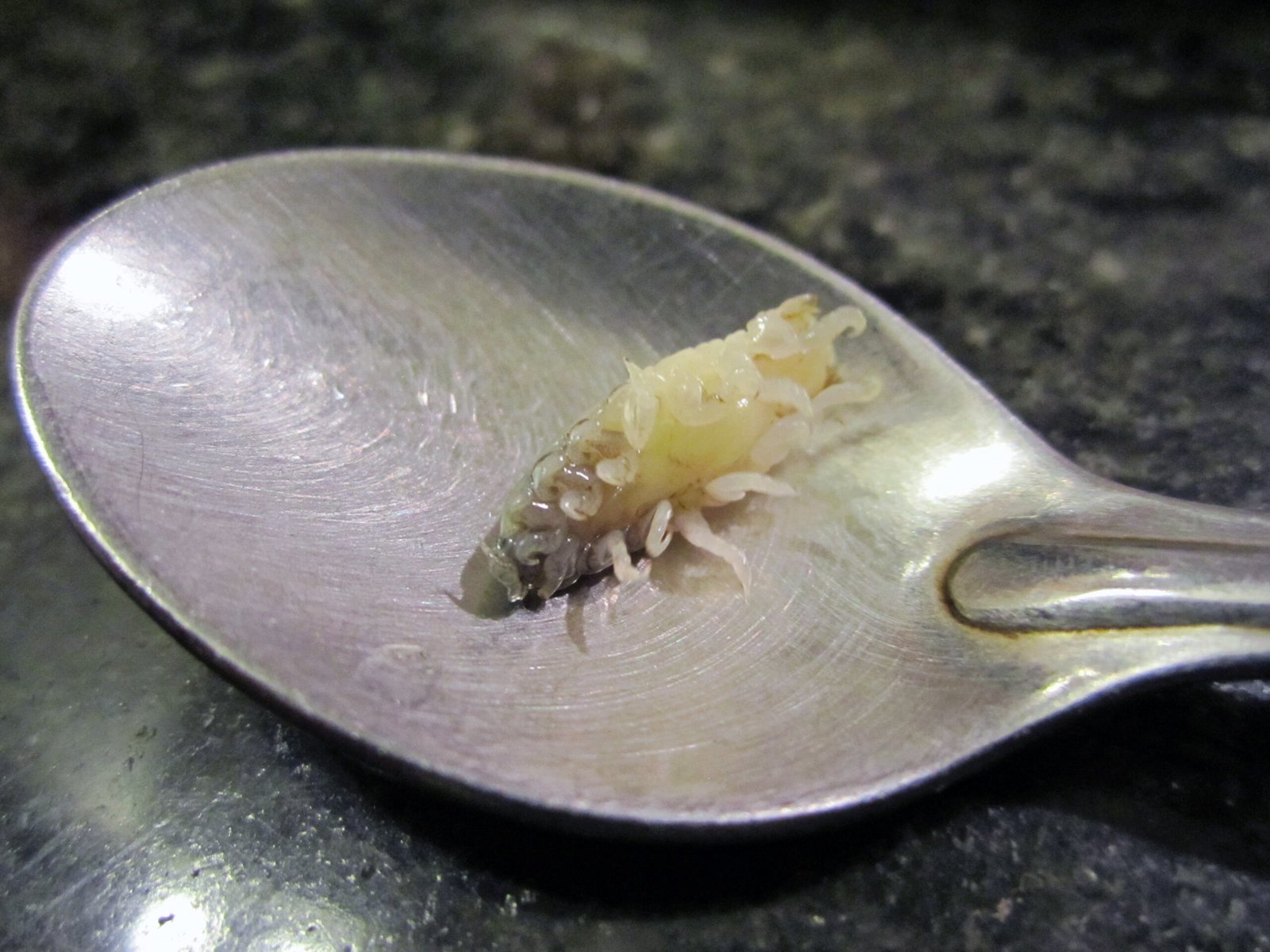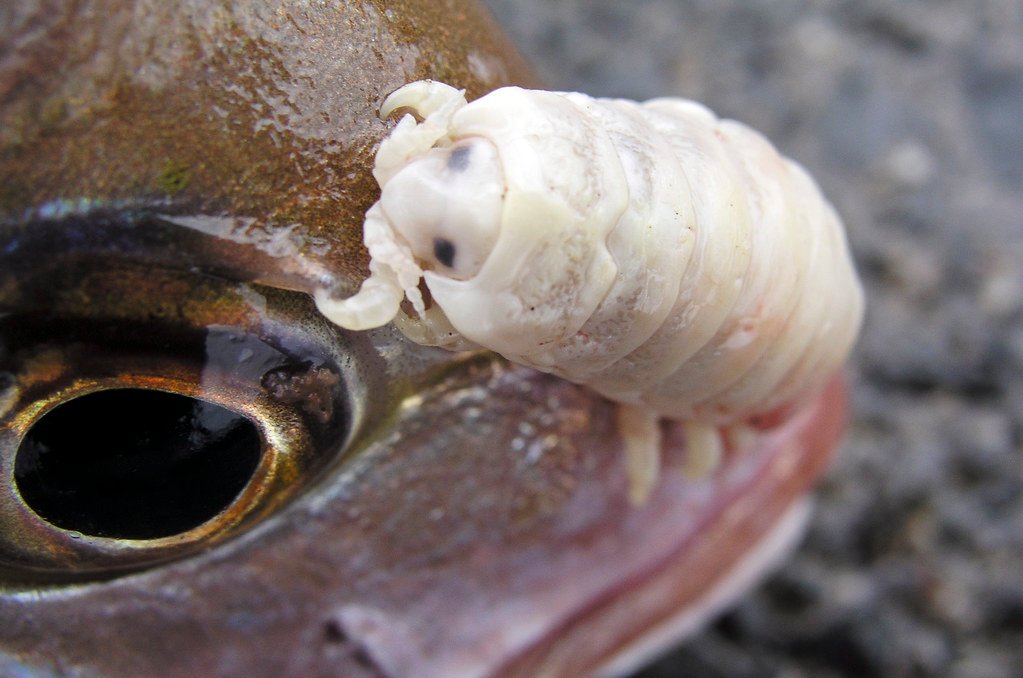If you thought science fiction had a monopoly on horrifying creatures, think again. Deep beneath the ocean’s surface lurks an animal so bizarre, it puts movie monsters to shame. Imagine opening a fish’s mouth and, instead of a tongue, finding a living, wriggling parasite staring back at you. This is no alien invader—this is Cymothoa exigua, the infamous “tongue-eating louse.” Its story is as shocking as it is fascinating, capturing the imaginations (and nightmares) of scientists and nature lovers alike.
A Monster Lurking in the Shadows

Hidden in warm coastal waters, especially around the Gulf of California, the tongue-eating louse is a creature most people will never see—unless they’re unlucky enough to fish one up. Measuring only about an inch long, it’s easy to overlook. But this tiny crustacean carries out one of nature’s most dramatic invasions. It doesn’t just live inside its host; it becomes a part of it, fundamentally altering the fish’s anatomy in a way that almost seems designed for the plot of a horror movie.
The Sinister Life Cycle of Cymothoa exigua

The tongue-eating louse begins life as a free-swimming larva, drifting through the ocean currents in search of a host. Once it locates a suitable fish, it sneaks in through the gills, clinging to the delicate tissues inside. The real horror starts when it makes its way to the mouth, targeting the fish’s tongue. Here, the parasite clamps down and begins to feed, causing the tongue to slowly wither away. Eventually, the tongue disintegrates, and the louse attaches itself directly to the remaining stub, becoming the fish’s new tongue.
Replacing the Tongue: A Living Prosthesis

Few parasites can say they literally become a replacement body part for their host. After destroying the tongue, Cymothoa exigua doesn’t just hang out inside the mouth; it actually takes over the tongue’s job. The fish continues to eat and live relatively normally, except now, every meal is shared with its uninvited guest. The louse moves in unison with the fish’s mouth, manipulating food just like a real tongue. It’s a bizarre partnership—equal parts horror and adaptation.
How Does the Fish Survive?
Surprisingly, many fish manage to live on with their new, parasitic tongue. While the presence of Cymothoa exigua can cause discomfort and even some difficulty with feeding, most fish don’t die from the infestation. The louse doesn’t drain all its host’s resources; after all, its own survival depends on the fish living long enough to provide food and shelter. This strange balance allows the parasite and the host to coexist—though it’s hard to imagine the fish is thrilled about its new roommate.
Nature’s Ultimate Imposter

Cymothoa exigua is a master of biological mimicry. Its body shape and color blend seamlessly with the fish’s mouth, making it almost indistinguishable from a natural tongue at first glance. Predators and unsuspecting humans alike are often fooled. This camouflage isn’t just a neat trick; it helps the parasite avoid detection, letting it continue its life undisturbed. Scientists marvel at how evolution has shaped this strange relationship, turning a crustacean into a tongue doppelgänger.
What Do Scientists Say About This Parasite?
Researchers have been fascinated by Cymothoa exigua ever since it was first described in the 19th century. While the parasite doesn’t typically harm humans, its gruesome lifestyle has inspired countless studies in the fields of parasitology, evolutionary biology, and marine science. Scientists are still unraveling the details of how it manages to take over the tongue so effectively. Some even speculate that its specialized mouthparts and secretions may hold the key to understanding tissue degeneration and regeneration in other animals.
Not Just a Fish Problem
Though Cymothoa exigua famously targets snapper and related species, it’s not alone in its tactics. The ocean is full of parasitic creatures that hijack their hosts in surprising ways. Some relatives of the tongue-eating louse attack other fish or even crustaceans, proving that nature has no shortage of creative, if unsettling, survival strategies. Each new discovery reminds us how much remains hidden beneath the waves.
The Facehugger Connection: Science Fiction Meets Reality

Fans of the “Alien” movie franchise might notice an uncanny resemblance between the tongue-eating louse and the infamous facehugger. Both creatures latch onto their host’s face or mouth, taking control in a disturbingly intimate way. While one is the stuff of Hollywood nightmares and the other a real-life phenomenon, it’s clear that nature’s imagination often surpasses fiction. The comparison is so striking that some marine biologists have nicknamed Cymothoa exigua the “real-life facehugger,” cementing its place in the pantheon of creepy creatures.
Surprising Encounters: Human Reactions
For most people, the only encounter with Cymothoa exigua comes via viral photos and videos online. However, fishermen have occasionally discovered these parasites while cleaning their catch. The shock of finding a living creature where a tongue should be is unforgettable. Some have described it as “something out of a nightmare,” while others are fascinated by the parasite’s ingenuity. These encounters spark curiosity and revulsion in equal measure, reinforcing the louse’s reputation as one of the most unsettling animals in the sea.
Understanding Parasites: Lessons from the Tongue-Eater

The story of Cymothoa exigua isn’t just about horror; it’s also a lesson in the complexity of life. Parasites like the tongue-eating louse push scientists to question what it means to survive and adapt. Their unique lifestyles force us to acknowledge that nature is not always beautiful or kind, but it is endlessly resourceful. By studying these creatures, researchers gain insights into evolution, adaptation, and the delicate balance of marine ecosystems. The tongue-eating louse stands as a reminder that even the most bizarre organisms have important roles to play in the natural world.
Final Thoughts: Stranger Than Fiction
The real-life facehugger, Cymothoa exigua, is a testament to nature’s boundless creativity and its sometimes chilling sense of humor. This tiny parasite has evolved one of the most shocking survival strategies on Earth, turning itself into a living, breathing body part. For those brave enough to look beyond the initial shock, the tongue-eating louse offers a fascinating glimpse into the strange and unexpected ways life adapts. The next time you think you’ve seen it all, remember the creature lurking in the mouths of fish around the world. Would you have ever imagined something like this was real?



